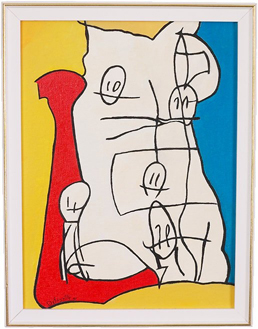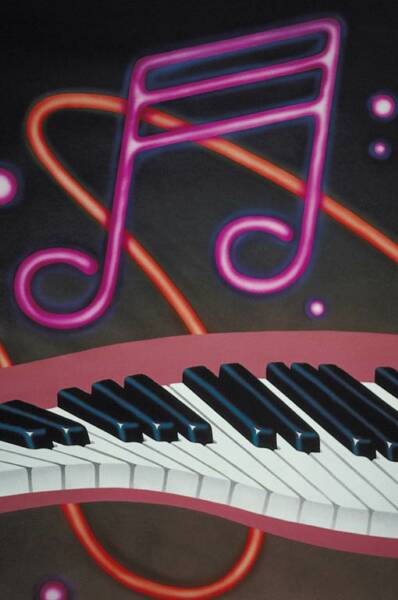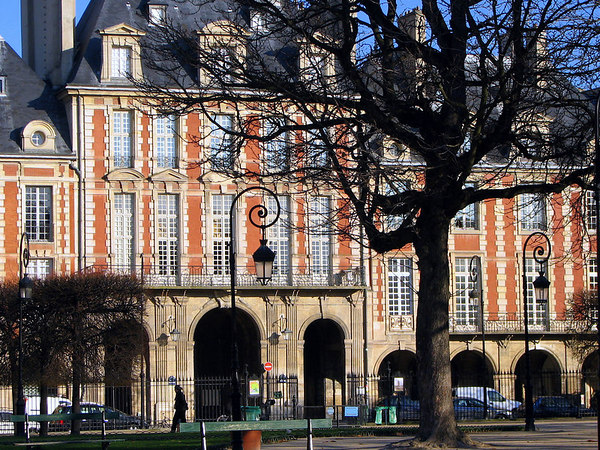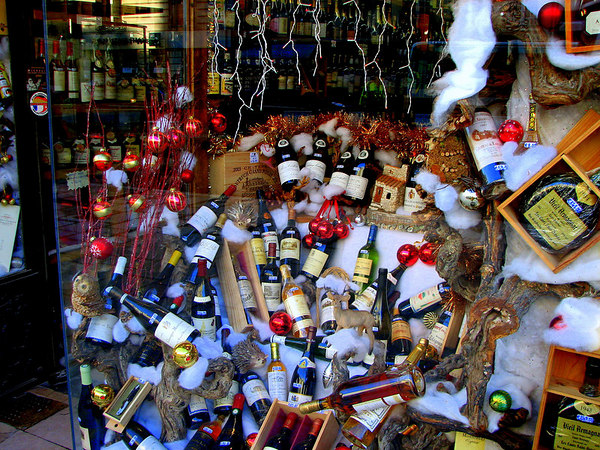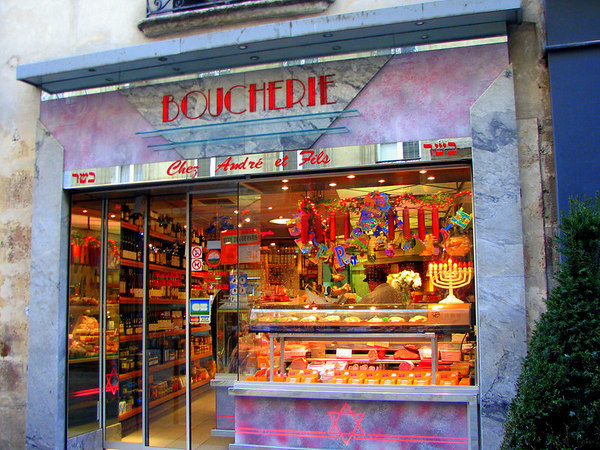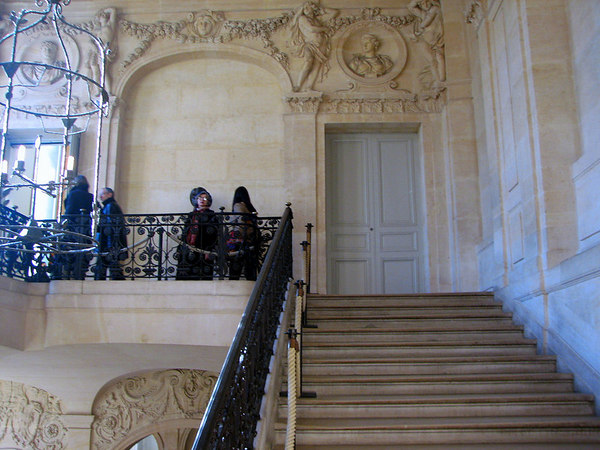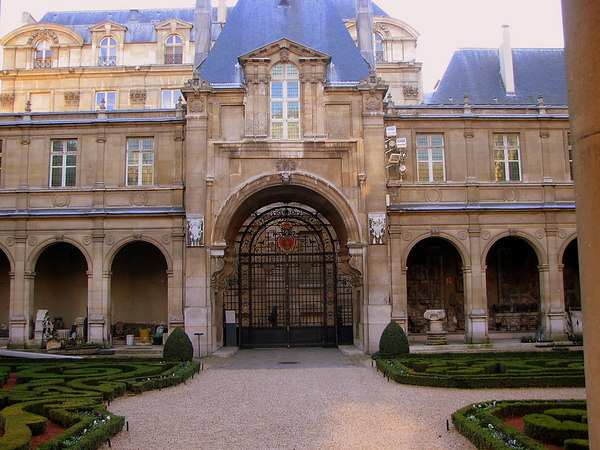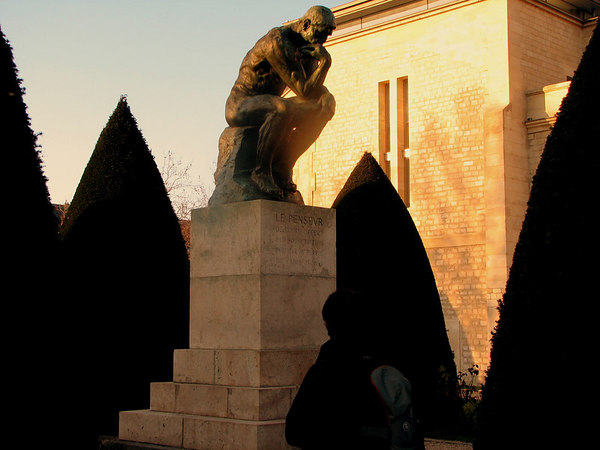Day 3: The Marais District The Jewish Quarter and Free Time
We'll spend our morning in Paris' trés medieval Marais district. Then you'll be free to tour the Marais' many interesting museums, including the Carnavalet, Paris' history museum.
The Marais (literally the Marsh), the area of the 4e arrondissement directly north of Ile Saint Louis was in fact a swamp until the 13th century when it was converted to agricultural use. In the early 1600s Henry IV built Place des Vosges turning the area into the Paris's most fashionable residential district and attracting wealthy aristocrats who erected luxurious but discreet hotels particuliers (private mansions). When the aristocracy moved to Versailles and Faubourg Saint Germain during the late 17th and 18th centuries the Marais and its mansions passed into the hands of ordinary Parisians. Today the Marais is one of the few neighborhoods of Paris that still has almost all of its pre-Revolutionary architecture. In recent years the area has become trendy but it's still home to a long-established Jewish community. The Pletzl, which retains an Old World look, was the destination for thousands of Eastern European Jews fleeing at the end of the 19th century. Many simply arrived at Paris' Gare de l'Est railway station, handed the taxi driver a note with the word "Pletzl" written on it and then restarted their lives, creating a vibrant Yiddish-speaking neighborhood in the heart of Paris. Up to 9,000 Jews lived in the Marais district until World War II, when many were shipped out under the Vichy regime.I LOVE THIS PLACE!!!
We used our now well worn metro card to reach the Marais district where Brad, a Paris resident via Los Angeles, was waiting for us. He took us on a historical tour of some amazing building from the 16th and 17th century that had been houses and now were taken over by the government. . The streets were lined with art studios and trendy shops making the place very appealing. The streets though immaculate still boasted of harsher times.
We wove our way through the referbished area to the Place de Vosges a tree-lined romantic square and
one of the oldest and most handsome in Paris. Surrounded by the arcades of splendid palaces, it was a meeting place in the 17th century of its elegant and wealthy population. Originally called ‘La Place Royale’ in 1612, it received its present name after the Revolution. The Place des Vosges has a brick and stone architecture unique in Paris which features an homogeneous square design and lovely arcades. King Henri IV decided its construction at the beginning of the 17th century. Suprisingly there were tons of kids playing here and moms chatting with other moms, socialization at its best.
From here we hit the Jewish Quarter with a touching memorial to the war victims and a street still littered with Jewish food heritage
Brad turned us loose and from here and Jodi and I hit the Picasso Museum, which was interesting considering I am not a huge fan of Picasso. The museum had a number of his earlier less bizarre works but did have its share of nose on the side of the face pictures as well. I continued my walk and came upon the Carnavalet Museum
but not before having the best carmel apple crepes in the world and some good local conversation at
Crepes Suzettes, 24 rue des Francs Bourgeois.
At the C.M. grand-Siecle-style hotels particuliers are stunning with their beautiful pre-French-Revolutionary period rooms which you walk thru to view arts decoratif. You'll even see a model of the Île de la Cite circa 1500s as well as vieux Lutèce and items from the Merovingian era. The musee is actually 2 adjoining mansions (Hotel Carnavalet - Paris beginnings-1789; Hotel Peletier St-Fargeau - 1789-present), done up in the Mansart style, once owned by Madame de Sevigne, famed for her literary salons. I loved this museum and highly recommend it!!
My day was completed with a Bus 69 ride to the Rodin Museum which has been totally refurbished and an inspiration. I love the house it gives such a warm great feel. I'm glad I went at the end of the day when the sunlight was playing on all the sculptures in the house. Each room was filed with exquisit sculptures and one room had some wonderful Van Gogh. The house and presentation of the works was as intriguing and captivating as the works themselves. If I had not already visited The Invalide on previous trips this would have been a priority on this visit and a good time to stop in.
